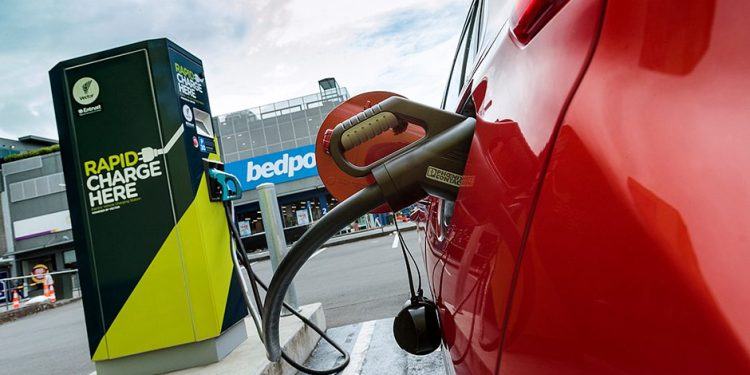EECA calls for feedback on public EV charging development
EECA
EECA (the Energy Efficiency and Conservation Authority) is driving efforts to ensure the public electric vehicle (EV) fast charging network will meet the needs of a growing electric fleet in the coming years.
EECA CEO Andrew Caseley announced the agency had launched public consultation on future development of the network. “There are a little over 33,000 EVs on the roads now, but that number is likely to increase rapidly over the next five to 10 years,” he said. “The network needs to be futureproof, and it needs to inspire confidence in people who may be considering buying an EV.”
Mr Caseley noted that EECA had already co-funded more than 700 EV chargers, more than 300 of which are fast DC chargers, through the Low Emissions Transport Fund (LETF, formerly known as the Low Emission Vehicles Contestable Fund).
“That co-investment helped ensure we have public chargers every 75km along most of the national highway network, but there are still some gaps, and some areas where density will be more important than distance.”
As part of the Government’s commitment to decarbonising the transport sector, which makes up around half of all energy-related emissions, EECA will continue to provide co-funding to public fast charging infrastructure through the Low Emissions Transport Fund (LETF) which is increasing in funding to $25m by 2023/24.
The public consultation on the provision of public light EV fast charging infrastructure in the short term (over the next five years), will help inform the approach to building out the current network, and to enable EV users to have confidence they can charge where and when they need.
To support the consultation, Mr Caseley said EECA has built an interactive map of the current charging network, which displays the location, number, and power of available public chargers, as well as other data sources such as traffic volume. The agency also undertook research with EV drivers to better understand their use of the public charging network.
“New Zealand currently has a high number of public chargers per EV but this will rapidly change and the map has already enabled us to identify areas where there are existing gaps, and our consumer research has allowed us to gain insights into the use of public EV charging.”
EECA has published the results of the survey to provide research and insights for both industry and government into EV charging infrastructure.
EECA is inviting responses to “State of charge: Consultation paper on developing a short-term roadmap for the public electric vehicle charging network”; public consultation will close at 5.00pm Friday, November 26 2021, and the results will be published early 2022.





